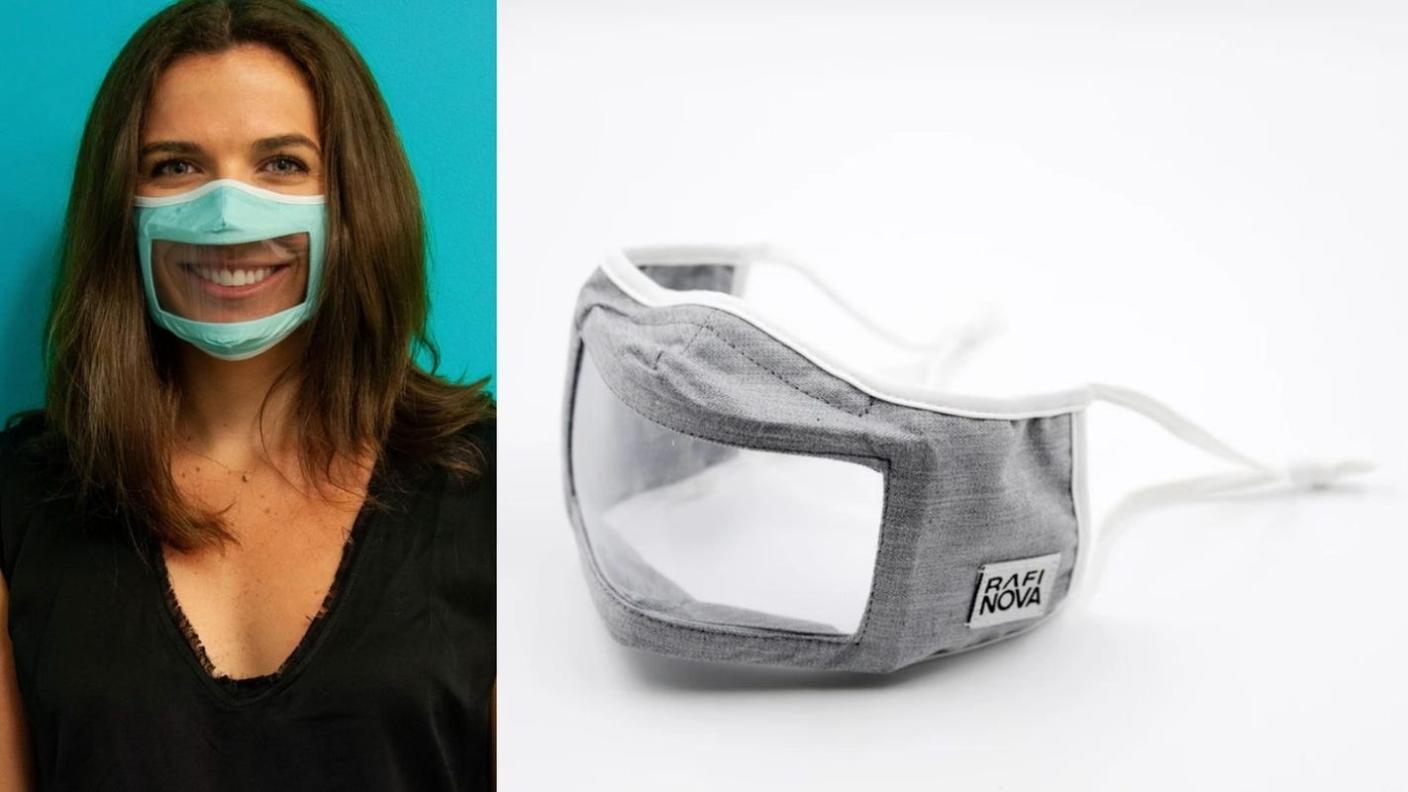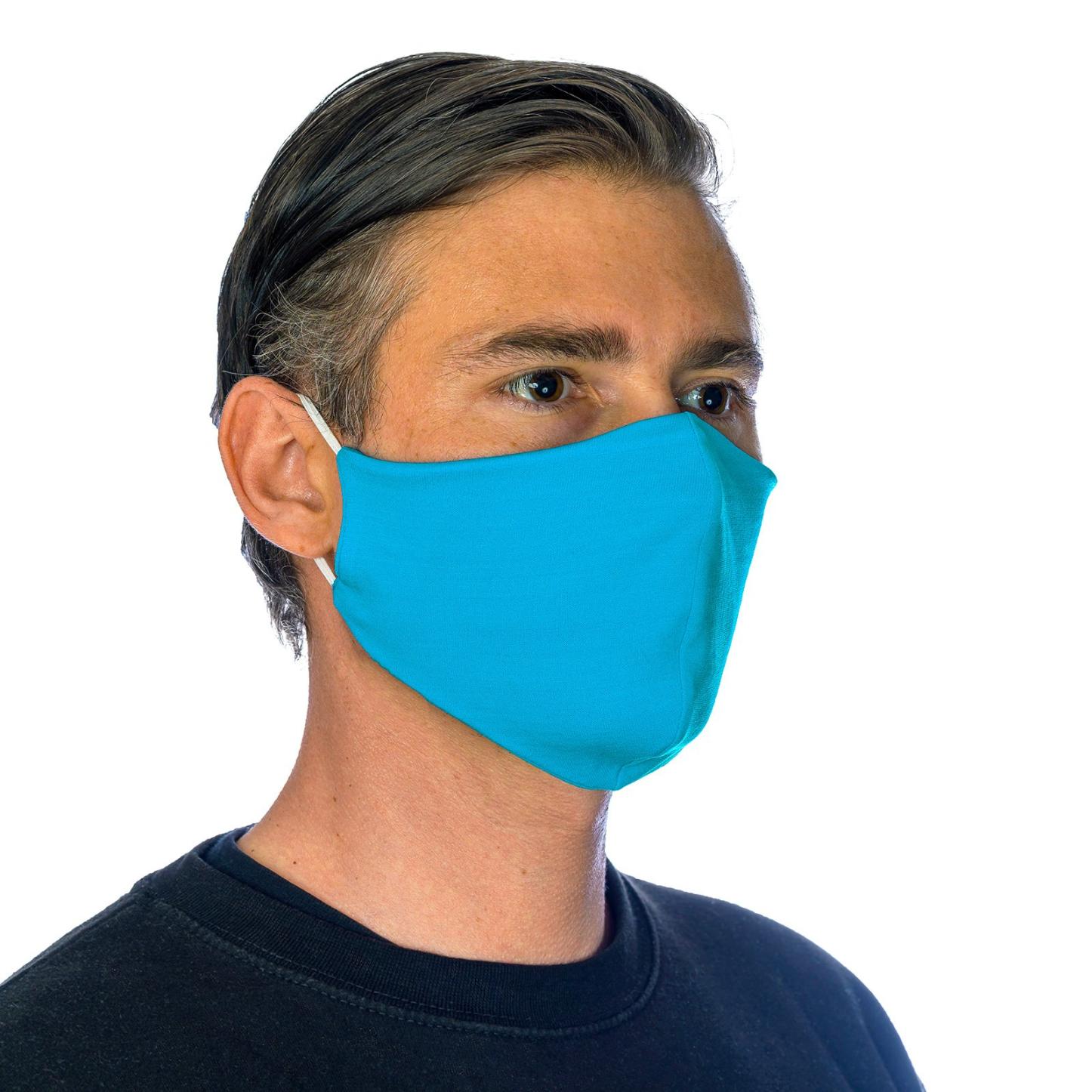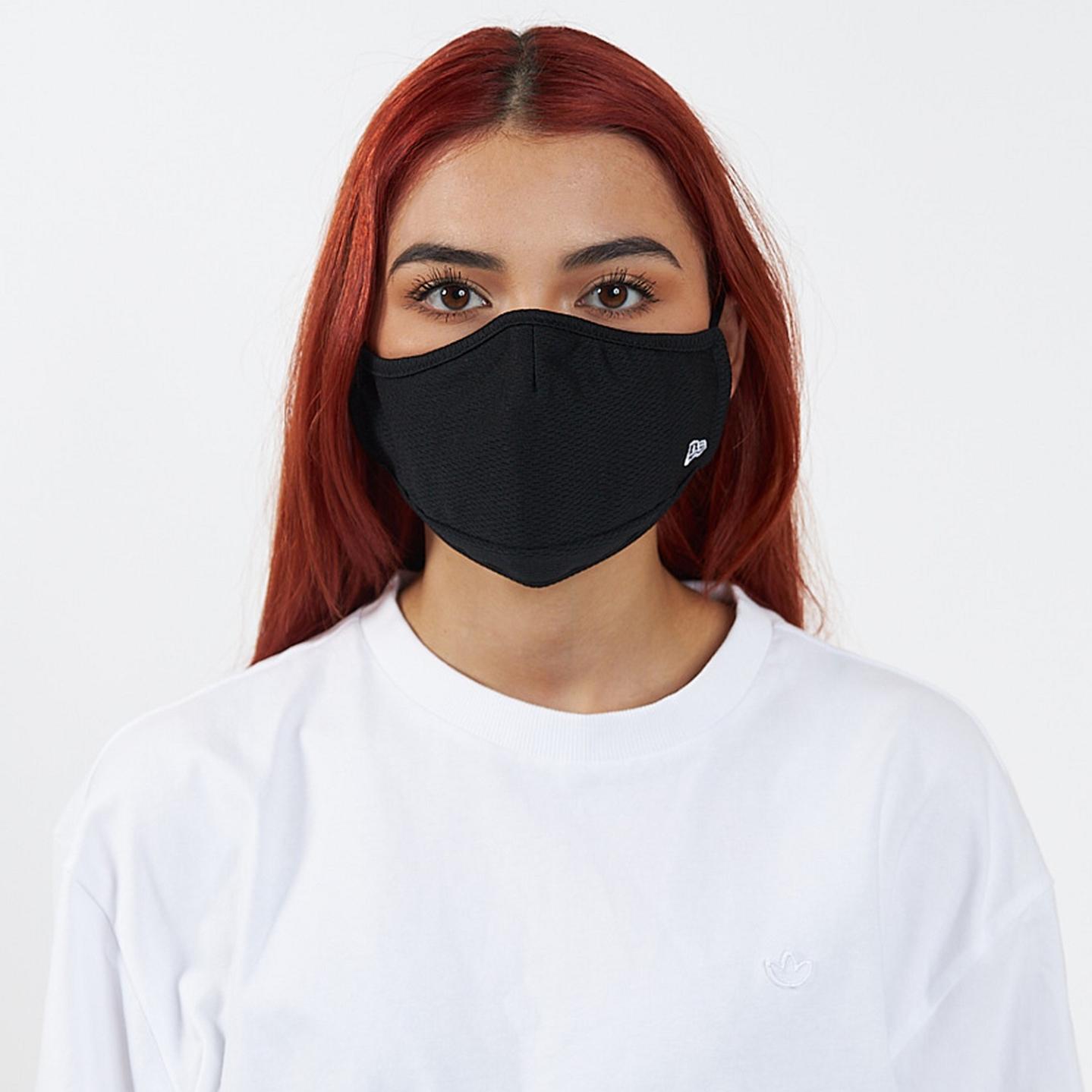What Are the Different Types of Face Masks and How Do They Work?
As the world continues to grapple with respiratory illnesses like COVID-19, face masks have become an essential tool in preventing the spread of infection. Understanding the different types of face masks and their mechanisms of action is crucial for effective protection.

Types Of Face Masks
Cloth Masks:
Cloth masks are reusable face coverings made from fabric layers. They provide a physical barrier against large respiratory droplets, preventing their spread into the environment. However, the effectiveness of cloth masks varies depending on the quality of the fabric and the fit of the mask. Multi-layer masks made from tightly woven fabrics offer better protection compared to single-layer masks or masks made from loose-fitting materials.
Surgical Masks:
Surgical masks are disposable face coverings made from non-woven material. They are designed to protect the wearer from large respiratory droplets and provide basic protection against airborne particles. Surgical masks have multiple layers, which help filter out particles and bacteria. However, they do not offer a tight seal around the face, leaving room for potential exposure to smaller particles.
N95 Respirators:
N95 respirators are disposable, tight-fitting face masks that are NIOSH-approved. They provide a high level of protection against airborne particles, including those as small as 0.3 microns. N95 respirators have multiple layers of filtration material, including a layer of electrostatic fibers that trap particles. The tight fit of the mask ensures minimal leakage around the edges, providing substantial protection to the wearer.
KN95 Respirators:

KN95 respirators are disposable, tight-fitting face masks that meet the Chinese standard for respiratory protection. They are similar to N95 respirators in terms of design, filtration efficiency, and fit. KN95 respirators also have multiple layers of filtration material, including an electrostatic layer, and provide a tight seal around the face. They offer a comparable level of protection to N95 respirators.
KF94 Respirators:
KF94 respirators are disposable, tight-fitting face masks that meet the Korean standard for respiratory protection. They are similar to N95 and KN95 respirators in terms of design and filtration efficiency. KF94 respirators have multiple layers of filtration material, including an electrostatic layer, and provide a tight seal around the face. They offer a comparable level of protection to N95 and KN95 respirators.
Factors Affecting Mask Effectiveness
Fit:

Proper fit is essential for the effectiveness of any face mask. Gaps between the mask and the face can allow respiratory droplets and particles to enter or escape, reducing the protection provided by the mask. Beards and facial hair can also compromise the fit of the mask, creating gaps and reducing its effectiveness.
Material Quality:
The quality of the materials used in face masks plays a significant role in their effectiveness. Higher-quality materials provide better filtration and protection. Multi-layer masks offer enhanced protection compared to single-layer masks, as they provide more layers of filtration and reduce the likelihood of particles penetrating the mask.
Proper Usage:
Proper usage of face masks is crucial for their effectiveness. Masks should cover both the nose and mouth, ensuring a complete seal around the face. Masks should be replaced or washed regularly, as prolonged use can reduce their effectiveness. It is important to follow public health guidelines on mask-wearing to ensure proper usage and maximize protection.
Face masks are an essential tool in preventing the spread of respiratory illnesses. Understanding the different types of face masks, their mechanisms of action, and the factors affecting their effectiveness is crucial for making informed choices about mask-wearing. By choosing the right mask, ensuring a proper fit, and following proper usage guidelines, individuals can significantly reduce their risk of infection and contribute to the overall health of the community.
YesNo

Leave a Reply